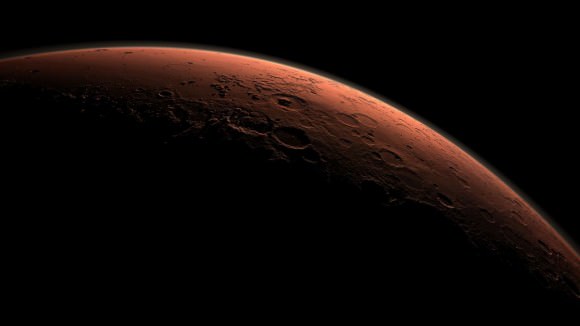
**Revealing Cosmic Marvels: The James Webb Space Telescope’s Discovery of the Sombrero Galaxy**
What unfolds when the planet’s foremost space telescope is directed at one of the universe’s most legendary galaxies? The James Webb Space Telescope (JWST) has once again exceeded expectations, this time directing its unmatched observational capabilities toward the Sombrero galaxy (M104). Previously acclaimed for its hat-shaped outline in visible wavelengths, this remote galactic wonder now comes into focus through Webb’s lens as a significantly more intricate and captivating entity, resembling an elaborate cosmic archery target rather than the smooth contours of a celestial sombrero.
### A Galaxy Reimagined
The Sombrero galaxy, situated 30 million light-years away in the Virgo constellation, was named for its resemblance to a Mexican hat in optical light. In this conventional view, the bright core and surrounding bulging disk seemed smooth and unblemished, with a dark lane filled with dust encircling its heart like the brim of a hat. However, Webb’s Mid-Infrared Instrument (MIRI) stripped away this familiar appearance, revealing a completely different panorama.
Webb’s infrared data expose an inner disk that is surprisingly smooth—a stark contrast to the outer ring, which brims with complexity. What once seemed like a uniform halo in earlier images, such as those taken by NASA’s Spitzer Space Telescope, now manifests as an elaborate network of clumpy dust formations. The reason? Polycyclic aromatic hydrocarbons (PAHs), intricate carbon-based molecules typically found in areas of ongoing or recent stellar formation.
Nevertheless, even with this insight, the Sombrero galaxy challenges typical assumptions. Unlike many galaxies exhibiting similar characteristics, it registers unexpectedly low star-forming activity, creating fewer than one solar mass of stars annually—a striking difference compared to the Milky Way’s yearly output of about two solar masses.
### A Gentle Giant at the Core
At the very center of the Sombrero galaxy resides a supermassive black hole, tipping the cosmic scales at a staggering 9 billion solar masses—around 2,000 times the mass of the Milky Way’s black hole, Sagittarius A*. In spite of its colossal size, this cosmic titan is peculiarly calm. Where other black holes of comparable scale aggressively consume adjacent gas and dust, emitting potent jets of radiation as a result, the Sombrero’s black hole remains surprisingly tranquil. Its subdued activity indicates it devours only limited amounts of material, provoking inquiries into the cosmic conditions that maintain this powerful entity’s temperate demeanor.
### The Enigma of Globular Clusters
Among the most remarkable findings in Webb’s observations is the remarkable number of globular clusters surrounding the Sombrero galaxy. These dense, spherical clusters of stars, each containing hundreds of thousands of stars, act as natural laboratories for astronomers examining the intricacies of stellar and galactic evolution. The galaxy is thought to host an astonishing 2,000 such clusters—significantly more than the Milky Way. Their characteristics, distribution, and makeup may hold vital clues to deciphering the Sombrero galaxy’s history, in addition to illuminating the formation processes of large galaxies overall.
### A Portal into the Cosmos
Beyond the galaxy itself, Webb’s observations unveil a vibrant panorama of background galaxies. Adorned with striking colors, these distant objects depict a snapshot of cosmic variety, their shapes, colors, and dimensions serving as unique identifiers of their age, composition, and distance from our planet. Through the examination of these galaxies within the unique context of the Sombrero’s environment, scientists can extract valuable understandings of cosmic evolution over dramatically different time scales.
### What Lies Ahead for the Sombrero Galaxy?
Webb’s discoveries regarding the Sombrero galaxy signal the commencement of a new chapter in our comprehension of one of the universe’s most notable structures. The extraordinary detection of complex molecular formations, subdued star formation rates, and an unexpectedly docile supermassive black hole tests established models of galaxy behavior. With prospective follow-up studies, including in-depth investigations of the newly revealed outer structure and globular clusters, astronomers are poised to unveil even more secrets hidden within this galactic marvel.
As Webb continues to explore the outer limits of the cosmos, it serves as a reminder that even the most well-known cosmic landmarks can surprise us when viewed through fresh perspectives. The Sombrero galaxy, now imbued with more mystery and wonder than ever, stands as a testament to human ingenuity and the unending marvels of the universe.
—
*Eager to dive into the latest astronomical revelations? Explore other cosmic narratives or subscribe for space updates at [scienceblog.substack.com](https://scienceblog.substack.com).*